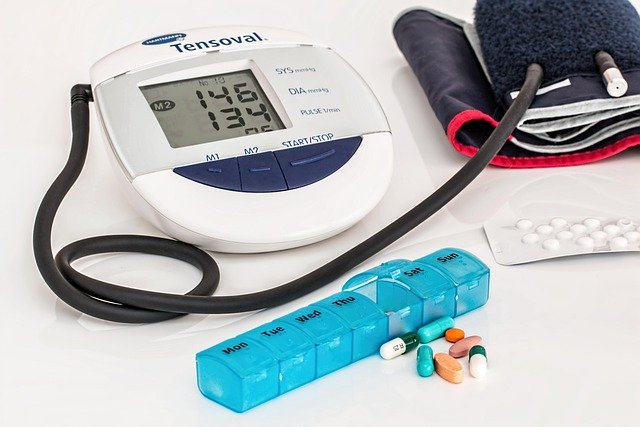Understanding Liver Cirrhosis: Key Signs That Indicate a Potential Problem
Liver cirrhosis is a serious condition impacting millions worldwide. Despite its severe implications, cirrhosis doesn’t mean the liver has completely failed. Instead, it indicates that the liver has developed significant scarring, which affects its ability to function properly. Recognizing the early signs of liver cirrhosis is crucial for timely medical care, potentially slowing disease progression and preventing life-threatening complications. Understanding these warning signals can play a key role in protecting long-term health.

What is Liver Cirrhosis and How Does it Affect Liver Function?
Liver cirrhosis occurs when healthy liver tissue is replaced by scar tissue, disrupting normal liver function. This scarring prevents the liver from processing nutrients, filtering toxins, and producing proteins essential for blood clotting. The condition develops gradually, often as a result of chronic liver diseases, excessive alcohol consumption, viral hepatitis, or nonalcoholic fatty liver disease. As the scarring progresses, the liver’s ability to perform its vital functions becomes increasingly compromised.
What Role Do Weight Changes and Loss of Appetite Play in Diagnosis?
Unexplained weight loss and decreased appetite are common early indicators of liver cirrhosis. The liver’s reduced ability to process and store nutrients can lead to significant changes in body weight. Many patients experience a loss of appetite due to changes in taste, feeling full quickly, and nausea. These symptoms, combined with muscle wasting, can result in substantial weight loss and weakness, signaling potential liver dysfunction.
Why is Monitoring Abdominal Swelling and Fluid Retention Important?
Abdominal swelling, known as ascites, is a crucial indicator of advanced liver cirrhosis. When the liver becomes scarred, it can lead to portal hypertension, causing fluid to accumulate in the abdomen. This swelling may be accompanied by swollen legs and ankles due to fluid retention. Regular monitoring of these symptoms helps healthcare providers assess disease progression and adjust treatment plans accordingly.
How Can Recognizing Easy Bruising and Bleeding Help in Identification?
Easy bruising and prolonged bleeding are significant warning signs of liver cirrhosis. The liver produces essential proteins needed for blood clotting, and when its function is impaired, these proteins may be insufficient. Patients might notice frequent nosebleeds, bleeding gums, or bruising from minor bumps. These symptoms indicate reduced liver function and should prompt immediate medical attention.
What Treatment Options are Available for Liver Cirrhosis?
Treatment for liver cirrhosis focuses on preventing further liver damage and managing complications. Options include:
-
Lifestyle modifications (alcohol cessation, healthy diet)
-
Medication to control underlying conditions
-
Regular monitoring of liver function
-
Management of complications
-
Liver transplantation in severe cases
Treatment costs vary significantly based on the severity of the condition and chosen interventions:
| Treatment Type | Estimated Cost Range | Coverage/Notes |
|---|---|---|
| Initial Consultation | $200-500 | Often covered by insurance |
| Medications (monthly) | $100-1,000 | Varies by medication type |
| Regular Monitoring | $300-800 per visit | Includes blood work |
| Liver Transplant | $577,000-800,000 | Usually requires insurance |
Prices, rates, or cost estimates mentioned in this article are based on the latest available information but may change over time. Independent research is advised before making financial decisions.
The outlook for liver cirrhosis depends largely on early detection and adherence to treatment plans. While cirrhosis cannot be reversed, proper medical care and lifestyle changes can help manage symptoms and slow disease progression. Regular medical check-ups and awareness of warning signs are essential for maintaining liver health and preventing complications.
This article is for informational purposes only and should not be considered medical advice. Please consult a qualified healthcare professional for personalized guidance and treatment.




